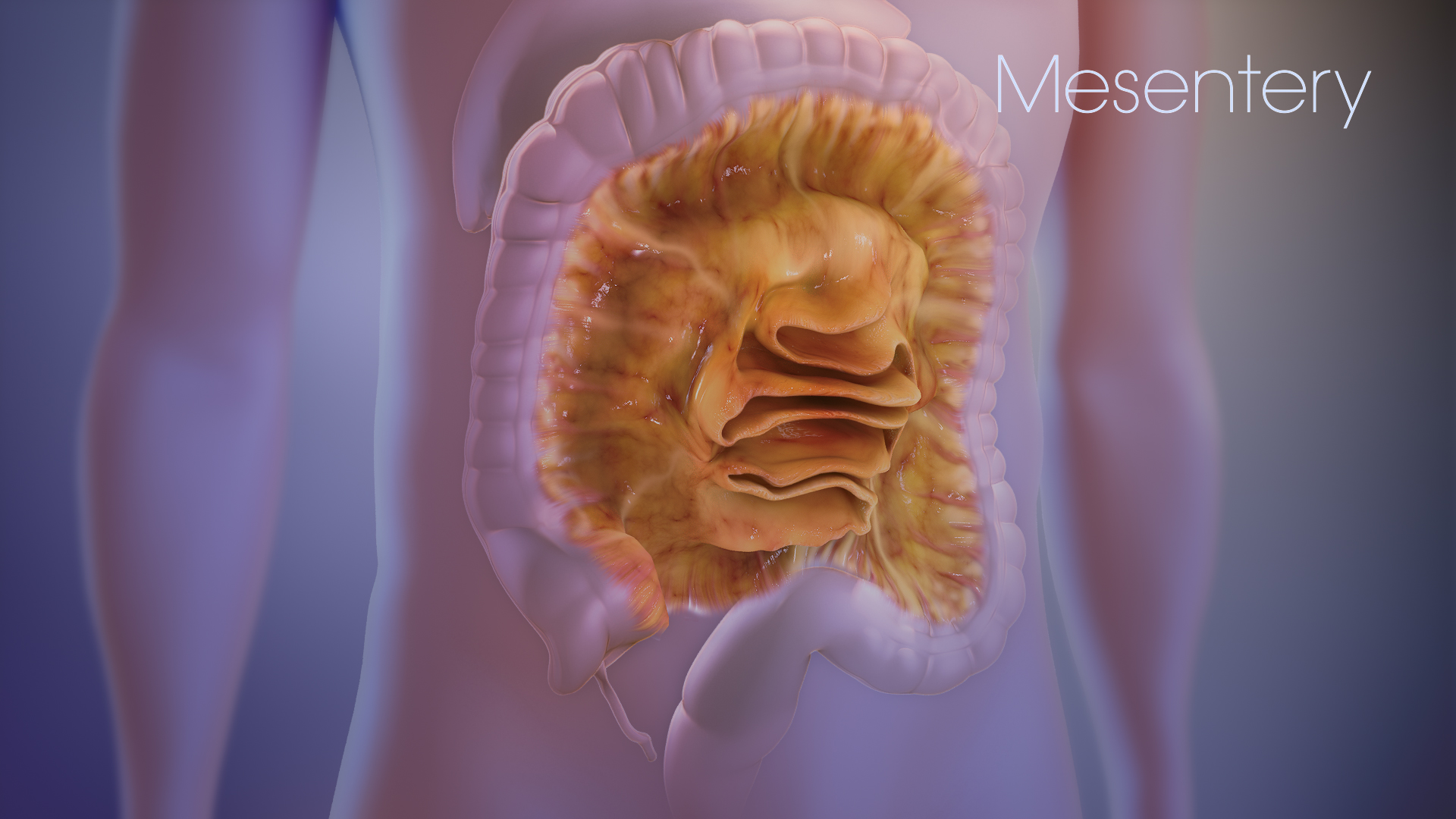In the realm of human anatomy, discoveries of new organs are rare occurrences, often confined to the annals of medical textbooks. However, in recent years, the scientific community was astounded by the reclassification of the mesentery—a structure long considered a fragmented series of tissues—as a distinct organ. This groundbreaking revelation has ignited a flurry of research, reshaping our understanding of abdominal anatomy and its implications for human health.
Origins of the Mesentery: The mesentery, an intricate fold of tissue that connects the intestines to the abdominal wall, has fascinated anatomists for centuries. Initially described by the legendary Renaissance anatomist Leonardo da Vinci in the 15th century, the mesentery was traditionally viewed as a fragmented structure with no unified identity.
However, modern advancements in medical imaging and anatomical research have unveiled the true nature of the mesentery. Through meticulous dissections and detailed microscopic examinations, researchers elucidated the mesentery’s continuous structure, prompting a paradigm shift in our understanding of abdominal anatomy.
Elevation to Organ Status: The pivotal moment in the mesentery’s journey came in 2012 when Dr. J. Calvin Coffey, a researcher at the University Hospital Limerick in Ireland, published a seminal paper proposing the mesentery’s reclassification as a distinct organ. This landmark study, published in The Lancet Gastroenterology & Hepatology, presented compelling evidence supporting the mesentery’s status as an organ—a revelation that sent shockwaves through the medical community.
Subsequent research corroborated Dr. Coffey’s findings, confirming the mesentery’s anatomical continuity and physiological significance. In 2016, the prestigious Gray’s Anatomy, a cornerstone of medical literature, officially recognized the mesentery as an organ—a testament to its newfound importance in the field of human anatomy.
Functions and Significance: The mesentery’s newfound status as an organ has profound implications for our understanding of digestive physiology, abdominal pathologies, and surgical interventions. Previously overlooked, the mesentery is now recognized as a vital player in gastrointestinal function, facilitating nutrient absorption, immune surveillance, and lymphatic drainage.
Moreover, the mesentery’s role in the pathogenesis of abdominal diseases, such as inflammatory bowel disease and colorectal cancer, has garnered significant attention from researchers. By unraveling the molecular mechanisms underlying mesenteric disorders, scientists hope to develop targeted therapies that improve patient outcomes and quality of life.
Beyond its physiological functions, the mesentery’s reclassification has sparked renewed interest in surgical techniques and medical education. Surgeons are exploring innovative approaches to minimally invasive procedures, leveraging the mesentery’s unique anatomical features to enhance surgical precision and patient recovery.
Future Directions: As research into the mesentery continues to unfold, numerous avenues for exploration beckon scientists and clinicians alike. From unraveling the mesentery’s role in metabolic disorders to refining surgical interventions, the mesentery’s newfound prominence promises to reshape the landscape of modern medicine.
The reclassification of the mesentery as a distinct organ represents a watershed moment in the field of human anatomy—an extraordinary discovery with far-reaching implications for medical science and patient care. By shedding light on this once-overlooked structure, researchers have unveiled a hidden realm of physiological complexity, underscoring the intricate beauty of the human body and the limitless potential of scientific inquiry.

